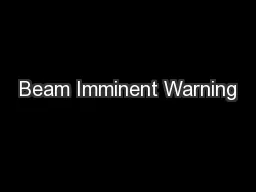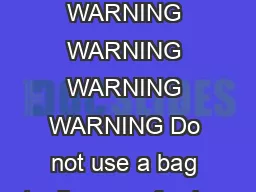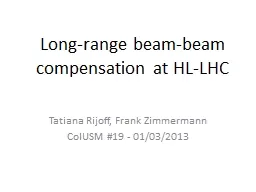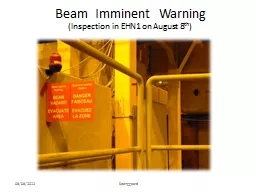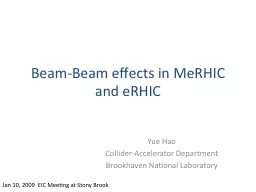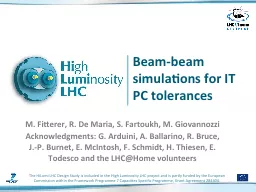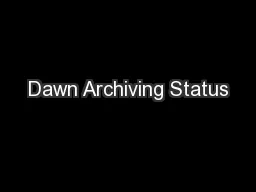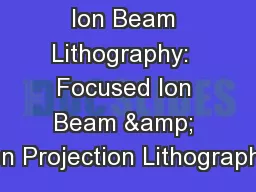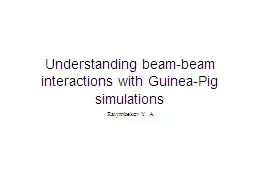PPT-Beam Imminent Warning
Author : aaron | Published Date : 2017-05-05
11 th of March 2013 Prepared by Christelle Gaignant Michel Decombaz Fernando B S Pedrosa Observations 12 On the 11 th of March at 1414 the UX25 and adjacent
Presentation Embed Code
Download Presentation
Download Presentation The PPT/PDF document "Beam Imminent Warning" is the property of its rightful owner. Permission is granted to download and print the materials on this website for personal, non-commercial use only, and to display it on your personal computer provided you do not modify the materials and that you retain all copyright notices contained in the materials. By downloading content from our website, you accept the terms of this agreement.
Beam Imminent Warning: Transcript
Download Rules Of Document
"Beam Imminent Warning"The content belongs to its owner. You may download and print it for personal use, without modification, and keep all copyright notices. By downloading, you agree to these terms.
Related Documents

